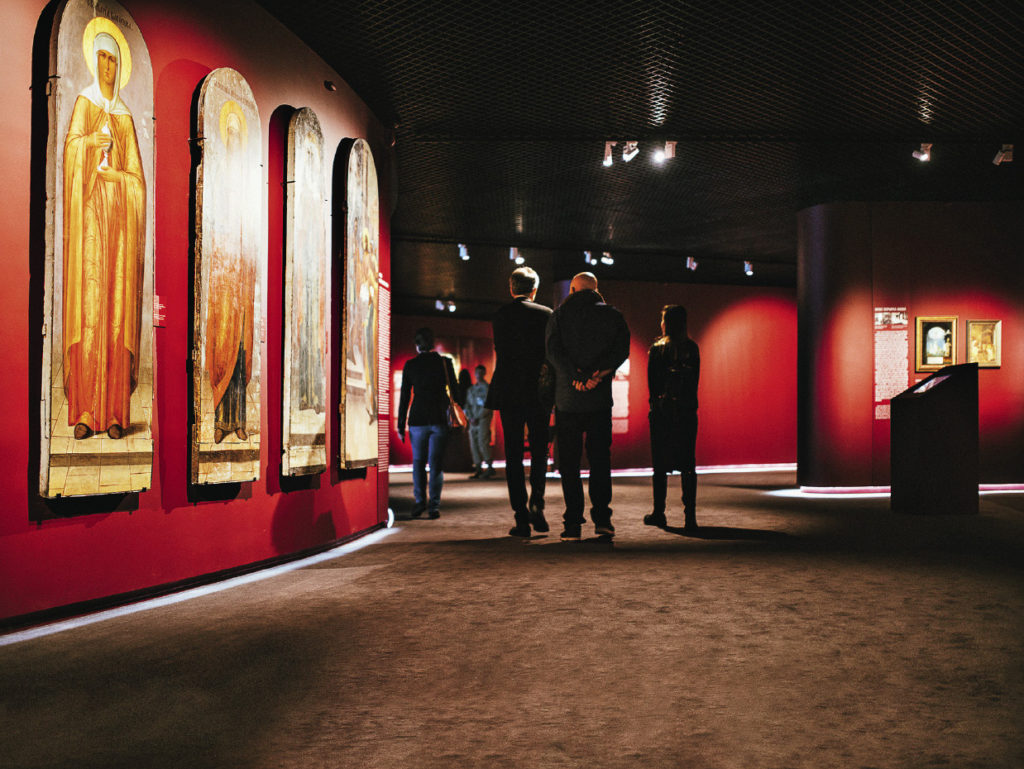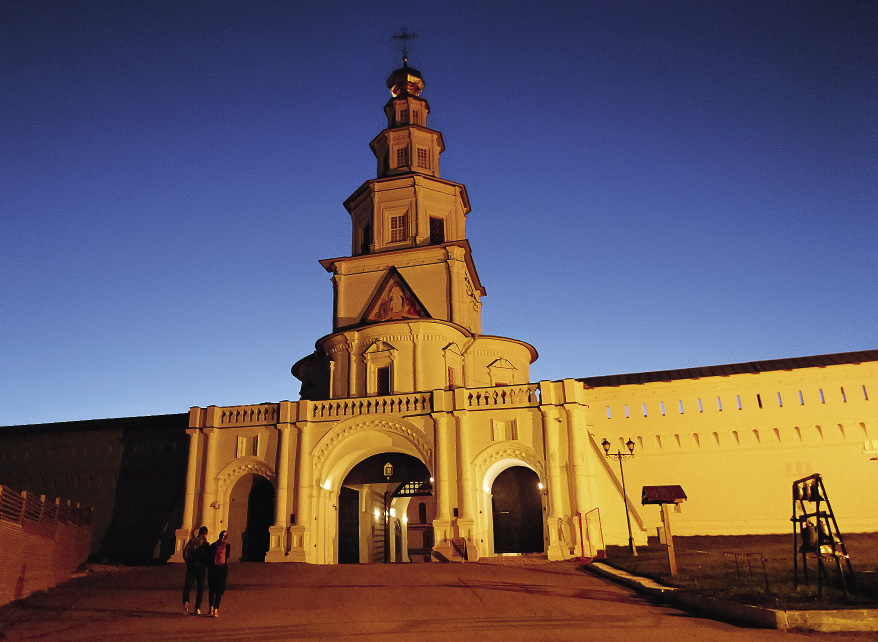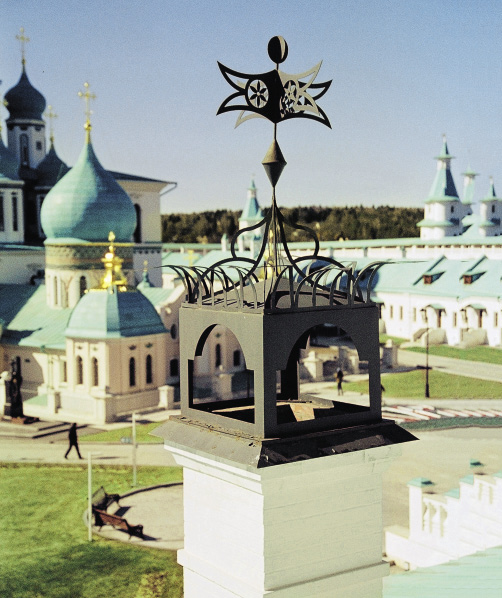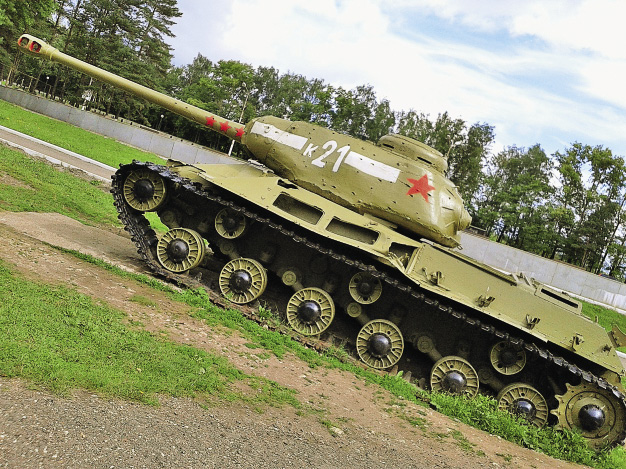Tourists go to Istra to take advantage of the open waters of the Istra Reservoir. Here, in the depths of the forest, numerous hotels, health resorts, and holiday camps can be found. The town of Istra is home to the famous New Jerusalem Monastery, as well as a huge museum complex.

The history of the New Jerusalem Resurrection Monastery is tightly interwoven with the life of its founder, the 17th century primate and prominent reformer His Holiness Patriarch Nikon. Nikon expended considerable effort to create an exact copy of the Jerusalem Church of the Holy Sepulchre in the Moscow Region. The site was chosen for its resemblance to the Holy Land, and this is reflected in the local topography. The monastery stands on a hill called Zion, to the east of which there is a chapel on the Mount of Olives, and to the north Mount Tabor, while this stretch of the Istra River is called the Jordan. Istra is particularly proud of its museums. The Lenino-Snegiryovskiy Museum of Military History has a remarkable collection of authentic tanks, heavy guns, and other historic military equipment. The private Museum of Russian Military History in Padikovo, meanwhile, focuses on the events of the Second World War.
Istra’s main museum is the New Jerusalem Museum and Exhibition Complex. The collection includes paintings, icons, ceramics, and a wide range of archaeological and ethnographic artifacts.


The Sergey Kazantsev Sculpture Park offers the chance to see marble statues against the unusual backdrop of Russian birches. Istra’s main museum, however, is the New Jerusalem Museum and Exhibition Complex. This futuristic building almost concealed by green banks holds more than 183 000 exhibits, with displays capable of surprising even the most devoted of art lovers. The collection includes paintings, icons, ceramics, ancient Russian embroidery, and a wide range of archaeological and ethnographic artifacts.


Getting there: Take a commuter train from Rizhsky Railway Terminal in Moscow to “Novoiyerusalimskaya.” From there, follow the recently opened Pilgrim’s Path to the monastery and museum.

